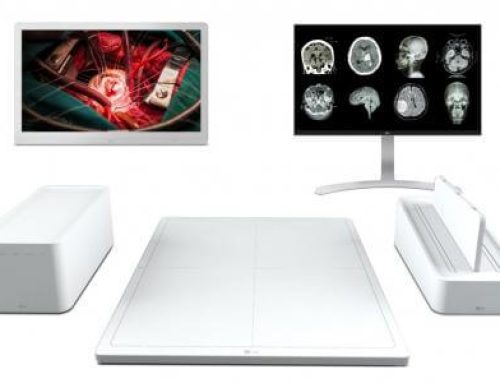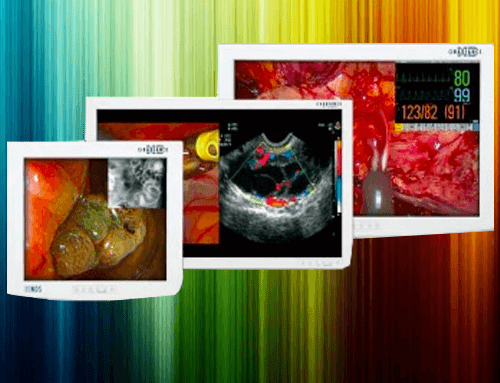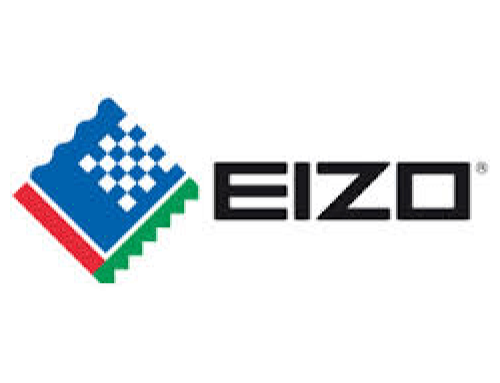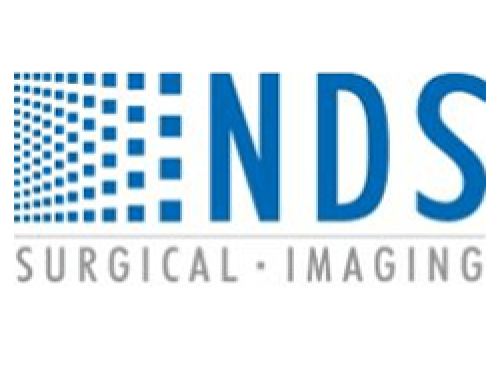With the advance of computerization in the medical field, medical image displays are increasing in popularity as replacements for film. Consequently, much higher levels of reliability are demanded of medical image displays. Based on the concept: “Integration of Hardware and Software,” TOTOKU offers a full range of medical display solutions from displays to graphics cards to software.
Resolution requirements
Depending on modalities such as CT, CR, MRI, and FPD, resolution requirements can range from 1.3 megapixels to 5 megapixels. Generally, 3 megapixel and higer class displays are used for softcopy interpretation. Where higher accuracy and a subtle reproduction of grayscale are critical in applications such as mammography imaging, 5 megapixel resolution is required.
Stable luminance
Because grayscale properties vary with luminance variations, unstable luminance significantly impacts imaging diagnosis. When multiple displays are placed side-by-side, luminance stability and uniformity across displays take on importance in providing proper diagnosis. In reality, however, luminance fluctuates greatly due to temperature changes, startup drift, and aging. Therefore, medical image displays are usually equipped with luminance stabilizing systems to provide stable luminance.
Multi-shade display
Medical image displays must be able to reproduce and display subtle differences. However, 256 shades of gray that general displays are able to reproduce do not meet medical requirements due to unevenness and grayscale discontinuity. Therefore, medical image displays are usually equipped with a conversion table called LUT (look-up table) to enable smooth grayscale output. The capability to maximize the number of simultaneously available shades from 8bit (256 shades of gray) to 11bit (2048 shades of gray) is further demanded.
Grayscale faithful to DICOM GSDF
Medical image display systems are commonly calibrated to match their grayscale characteristics with GSDF (Grayscale Standard Display Function) defined by DICOM Part 14. Displays can have widely different grayscale characteristics (commonly called gamma characteristics) depending on manufacturer, models, individual difference, or luminance setting. An image displayed on displays with different characteristics will of course have a different appearance, significantly interfering with imaging diagnosis.
Accuracy management
Installing medical image displays implies tackling the challenge of how to maintain high quality images. The increased awareness of the importance of accuracy management is evident in the recent efforts to establish and implement standards and guidelines for image quality management in many countries. Those standards and guidelines mandate post – installation acceptance testing, periodic constancy testing, and monitoring of display accuracy. Thus, software solutions that take care of all these are necessary.
Others
Source Link: http://www.jvckenwood.com/healthcare/display/en/products/requiredformedical/







Leave A Comment